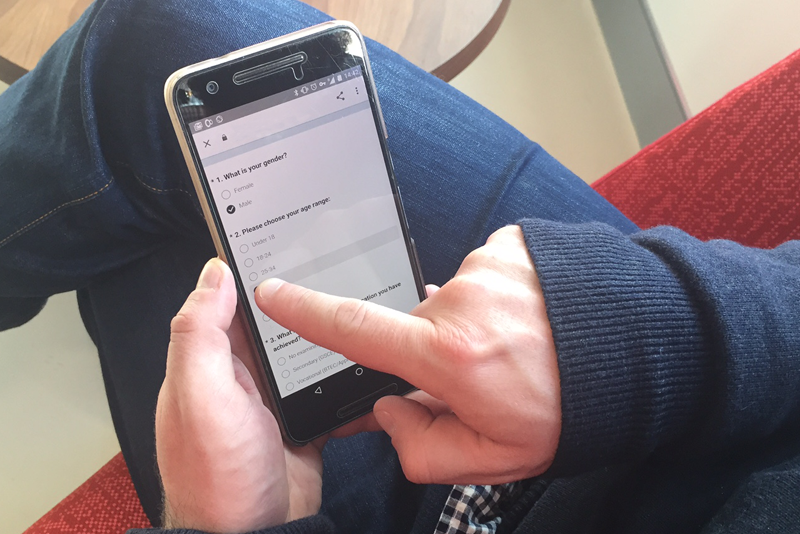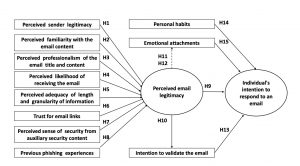Australian Government Digital Transformation Agency says no to surveys and focus groups

Leisa Reichelt, the Agency’s Service Design Lead, gives the four reasons, here summarised but we recommend you to read the entire post:
You can’t get authentic, actionable insights in a few clicks
Surveys and other analytics can be good at telling us what is happening, but less good at telling us why. Understanding the why is critical for service design.
Government services have to work for everyone
Surveys and focus groups are research techniques widely used in market research where we want to understand the size of a market and how to reach and attract them. But most of the time, designing government services is not like marketing.
It’s not about preference
Government services work when people understand what government wants them to do. Success also means they’re able to use the service as quickly and easily as possible without making errors. These are the outcomes that the user researcher needs to prioritise.
Setting real-life tasks is more valuable than ‘tell us what you think’
We used task-based usability as one of the main research tools when we are evaluating the design of digital services and iterating to improve them in the Alpha, Beta and Live stages. To do this we come up with examples of important tasks that people need to do to complete that service. We can do task-based testing in a moderated environment. This is where the user researcher is in the room (or on a video conference) with the participant and asking them about how they are interpreting the design and information as they move through the task. This helps us understand what people are thinking and why they are making the decisions they do and let’s us understand how to improve the design to work better.



